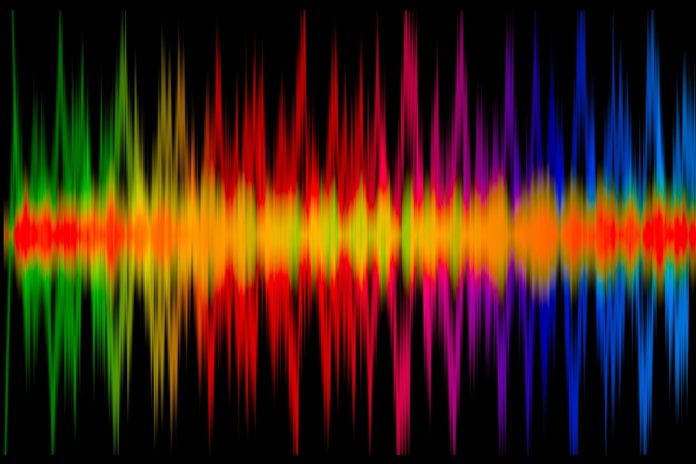Facebook’s Terragraph focused on multi-gigabit wireless in urban areas
Densely populated urban areas are centers for demand of more bandwidth and faster wireless speeds. At the same time, these areas are challenging environments to replace legacy copper, deploy costly fiber or quickly stand up cellular systems that can reliably support consumer and business connectivity needs. Facebook, which has continued to invest in telecommunications systems largely through its Telecom Infra Project, wants to tackle urban connectivity with its Terragraph solution, and is now planning field trials in conjunction with chipset provider Qualcomm Technologies.
Field trials aren’t set to start until mid-2019, according to the companies. In the interim, the focus is on integrating Qualcomm’s QCA6438 and QCA6428 chipets, based on an early version of the 802.11ay specification. IEEE is still working on a final 802.11ay spec, which builds on 802.11ad, referred to as WiGig.
Terragraph uses high-band millimeter wave frequencies for backhaul. Qualcomm said the chipsets are “optimized…for outdoor backhaul” with “TDMA-based protocol, synchronized nodes, channel bonding and massive antenna array…to overcome large obstacles in dense urban environments, deliver high-capacity coverage, and the potential reduce costs and time to market.”
Qualcomm VP of Product Management Irvind Ghai highlighted the economic advantages or using fixed wireless access to reach a subscriber. He said the work with Facebook is geared toward “increasing broadband penetration and enabling operators to reduce their capex for last mile access.” Facebook VP of Connectivity Yael Maguire said the work with Qualcomm is a step toward developing “a robust ecosystem of interoperable solutions based on Terragraph. Our goal is to enable people living in urban areas to access high-quality connectivity that can help create new opportunities and strengthen communities.”
According to Facebook, Terragraph can serve single-family homes, multi-family units, apartment complexes, businesses and large public events. Although it’s not yet public where the trial will be, Facebook and the city of San Jose, Calif., previously discussed bringing high-speed internet to the tech hub’s downtown area.
Driving alignment around 60 GHz is a major priority of the Telecom Infra Project, which Facebook founded to create cohesion around the development of low cost hardware that can facilitate rapid scaling for operators. That working group is focused on four major issues: providing an economic template to help operators determine potential new revenues or cost savings; create test and simulation tools for 60 GHz equipment; model and plan network deployments to minimize equipment costs; and develop a set of best practices. “These will [include] details on obtaining spectrum covering permits and rules for attaching [nodes] to utility poles, street lights, traffic signal poles and other street furniture.”

